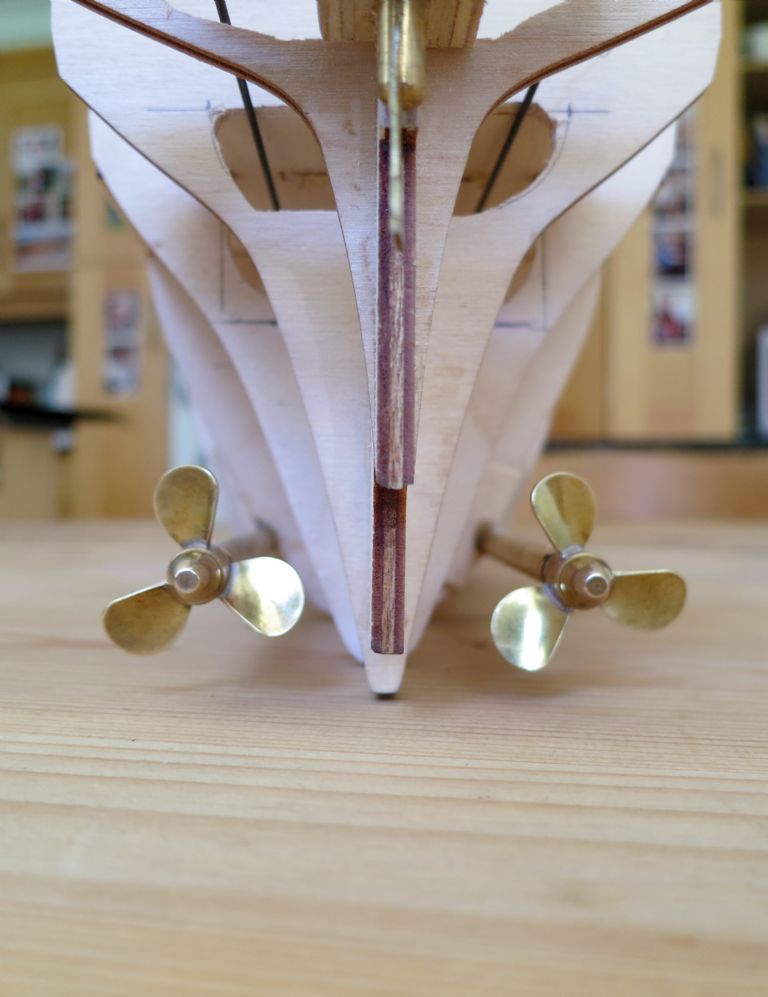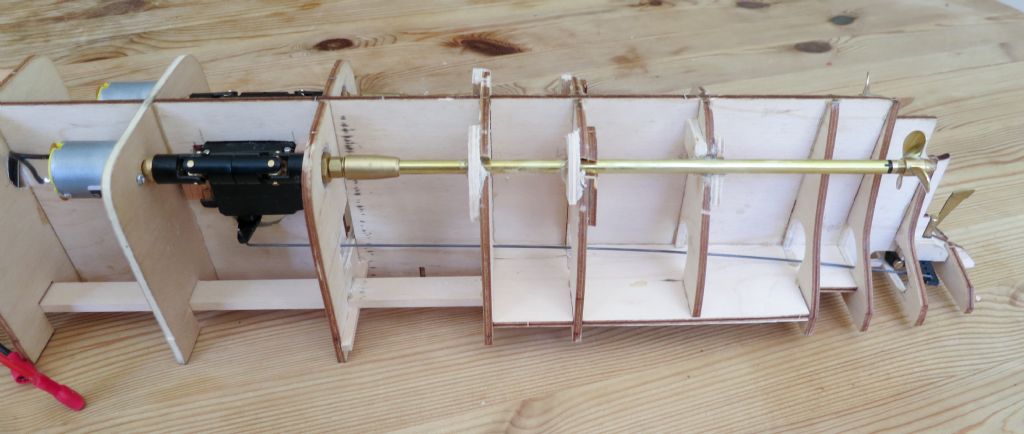An interesting thread, despite its age, and one that has a lot of valuable potential for builders.
As has been mentioned a double UV joint should not cause vibration problems in itself and is the only mechanical way to ensure correct transmission if the two shafts are parallel but offset.
What noticeably doesn't seem to have come up in the discussion are two significant points.
First vibration is caused by an out of balance force, not necessarily misalignment. This could be anything from a poorly manufactured UV joint to a badly machined or cast propeller. These should have been changed out individually to see if the vibration disappears, thereby eliminating the source. As an example I have seen UV joint grub screws replaced by excessively long hex headed stainless steel screws in the past. Realignment should not have been necessary. Being basic if you have to perfectly align a UV joint, what is the point in having it?
Secondly I am surprised that vibration is being caused in a transmission system that is powering a model of the Titanic. At the revolutions the shafts should be rotating I would not have expected much vibration to have been experienced so I suspect that the shafts were rotating too fast. Bearing in mind scale speeds and performance, even with a little poetic licence to get out of trouble, shaft speeds should not generally create vibration unless the out of balance weight is considerable. Speed will amplify the vibration, it does not cause it. The cause is back to the first point, find the out of balance force by a process of elimination and remove it.







